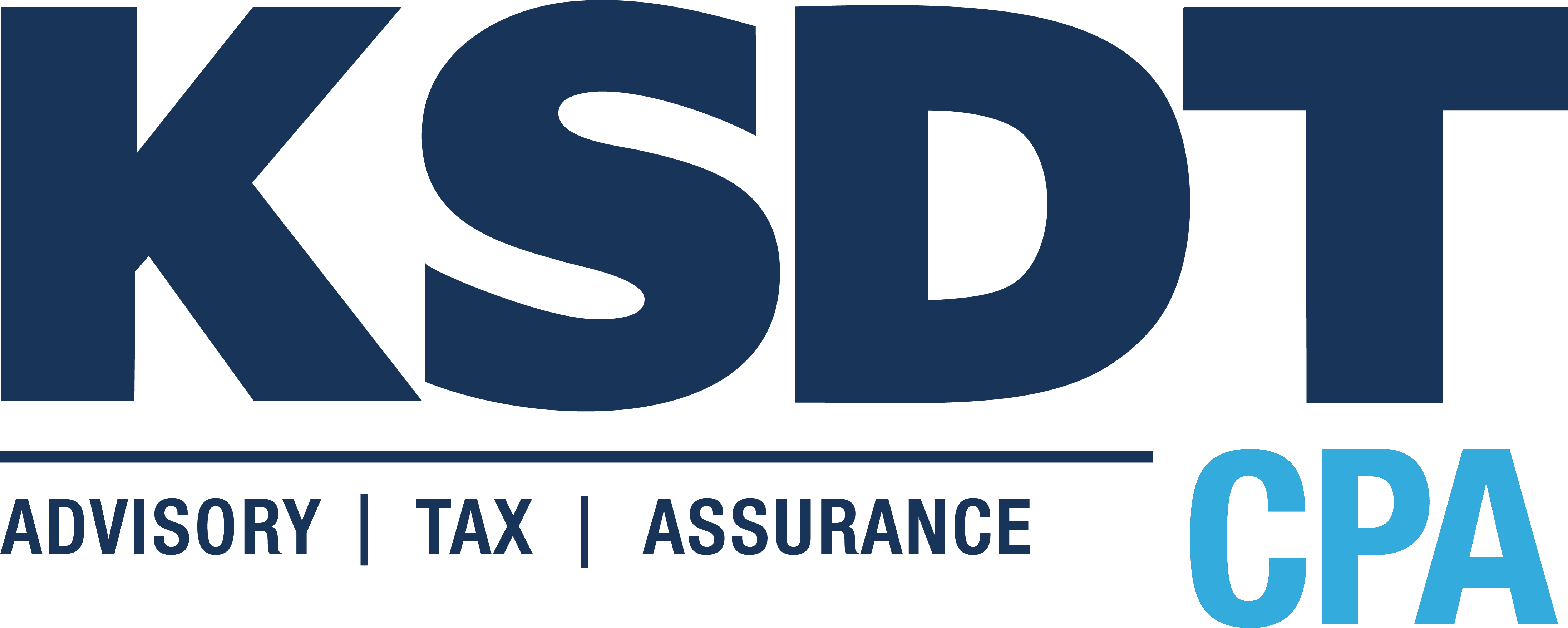 Taxes and Retirement Income
Taxes and Retirement Income
While many taxpayers plan for retirement by investing in retirement savings accounts, it is important for taxpayers to also plan on how to handle income during retirement as well. Read more
Timing
The timing of different retirement distributions could drastically affect the amount of taxes paid throughout retirement. To start, the various retirement accounts available have different tax treatments.
Traditional IRA and Roth Accounts
Withdrawals from traditional IRA accounts are taxed as ordinary income. If any portion was contributed on an after-tax basis, then it is not subject to taxes. Traditional 401(k) accounts are also taxed as ordinary income when funds are withdrawn. Both Roth IRA and Roth 401(k) account withdrawals are tax free. However, the account holder must be older than 59½ and the first contribution must have been made at least five years prior to the withdrawal.
To time withdrawals to minimize tax liability, taxpayers must evaluate when they will stop working and when they will apply for Social Security. Social Security benefits are available at age 62 but if a taxpayer is still working, receiving Social Security may push the taxpayer into a higher tax bracket. The taxpayer could end up paying taxes on their W-2 income, Social Security income, and any additional withdrawals from a retirement plan.
When to Withdraw
Many advisers recommend taxpayers withdraw first from taxable accounts, then from tax deferred accounts. Roth accounts when withdrawals are tax free should be withdrawn from last. This way, the taxable accounts are paid first and the tax-deferred accounts can grow longer. This method allows for less in taxes paid later in life on in a taxpayer’s life. However, it may mean the taxpayer is paying an increased amount of taxes for a few years. By taking stock of where retirement income is coming from and creating a proportional withdrawal strategy, a taxpayer can spread out their taxable income evenly over retirement and potentially reduce taxes paid on Social Security benefits.
Each Situation is Different
It is essential to take a thorough look at your projected income for retirement and plan ahead. Periodic adjustments during retirement are also important as different tax rates and laws change.
Let us help you make the best tax choices for your retirement savings.




